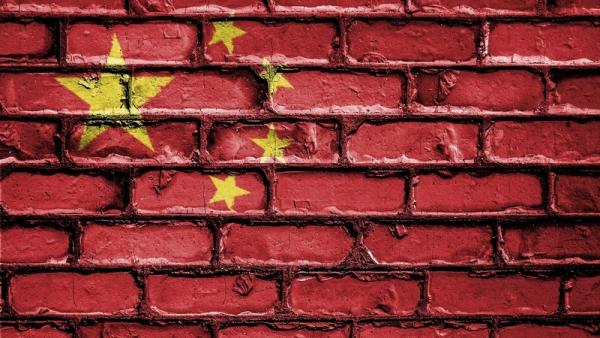
James Laurenceson, Deputy Director, Australia-China Relations Institute, University of Technology Sydney |
This article appeared in The Australian Financial Review on March 19 2015.
Australia looks to have all but signed up for the China-led Asia Infrastructure Investment bank (AIIB). We will join other like-minded countries such as the UK, New Zealand and Singapore in becoming foundation members. Thank goodness for that: it's set to be a great success.
The original fear was that the bank would be used by China to push its own strategic interests. That concern has receded before our eyes. Voting rights in the AIIB will allocated based on relative GDP. When the initial 21 member countries inked a Memorandum of Understanding last October, this implied that China would hold more than a 60 per cent share.
But since then another 10 countries have joined, including the $3.7 trillion and $2.8 trillion economies of Germany and France. If, as expected, Australia and Korea now join on a unity ticket, then China's influence will have fallen by more than half.
If the US and Japan manage an about-face and sign on too, China's share of total voting power would be less than 20 per cent. On these newer numbers the AIIB is shaping up as the most genuinely representative and multilateral institution in global finance.
China's voting share in the World Bank has been stuck at just 4.4 per cent. That's less than one-third of the US. It trails Japan on 6.8 per cent as well. Yet last year it was China that became the world's largest economy in purchasing power terms.
It's no better at the Asian Development Bank (ADB). China's voting share is just 5.5 per cent, less than half that of both the US and Japan.
But there's an even bigger reason why the AIIB looks a winner: as the bank's sponsor, China has every incentive to make it so. The AIIB is only one part of Chinese President Xi Jinping's grand plan to build a New Silk Road. The bank is important not because of its size – it will start out smaller than the ADB – but because it will provide a test of China's leadership credentials in making this dream a reality. The eyes of the world will be watching.
If the AIIB gets bogged down by a lack of transparency in its lending decisions or funds projects with dodgy environmental outcomes, the bigger picture could be derailed. Making China's job easier is that there are bunches of low hanging fruit for the new bank to pick. The ADB says that the region's infrastructure needs are vast at $750 billion a year. It only lends around 1.5 per cent of that amount.
With unmet demand on this scale, marking down the AIIB because it might become a rival to the World Bank and the ADB was always an odd criticism.
If the gentle competition the AIIB provides makes more funds on better terms available for the generally poor countries across central and south-east Asia, then all the better.
Indeed, it's already having that effect – was it any coincidence that the ADB announced earlier this month that it would increase lending by 40 per cent, and with a particular focus on infrastructure?
Finally, in a roundabout way, the AIIB may even end up helping the US and Japan.
The fact is that the status quo of an Asia-Pacific region dominated by the US and Japan ended in 1979. That's when China began its reintegration into the global economy.
The AIIB makes plain that a majority in the international community support China's aspirations for taking on greater leadership and responsibility, at least on economic initiatives.
The AIIB is just a start: economist Jim O'Neill, inventor of the famous BRICs acronym and former senior Goldman Sachs banker, argues that there are plenty more areas where China needs to be drawn in.
He suggests boldly that a new G-7 that includes China be created within the G-20. That would require the eurozone countries agreeing to surrender their individual seats in exchange for one representing the entire monetary union.
He adds that if the IMF fails to include the renminbi in its unit of account, the so-called Special Drawing Rights (SDRs), then it's not China's influence that will be diminished. Rather, the risk will be to accelerate the decline of established international financial institutions.
The AIIB is not the only big idea to come out of China in the past year.
It's also backed a 21 country Free Trade Area for the Asia Pacific (FTAAP). A study by the East-West Centre last year put the global income gains from a FTAAP at more than eight times that from the US-led Trans-Pacific Partnership (TPP).
If there's merit in what China is proposing, then it's in everyone's interests to get behind them.
Author
Professor James Laurenceson is Deputy Director of the Australia-China Relations Institute at the University of Technology Sydney.


